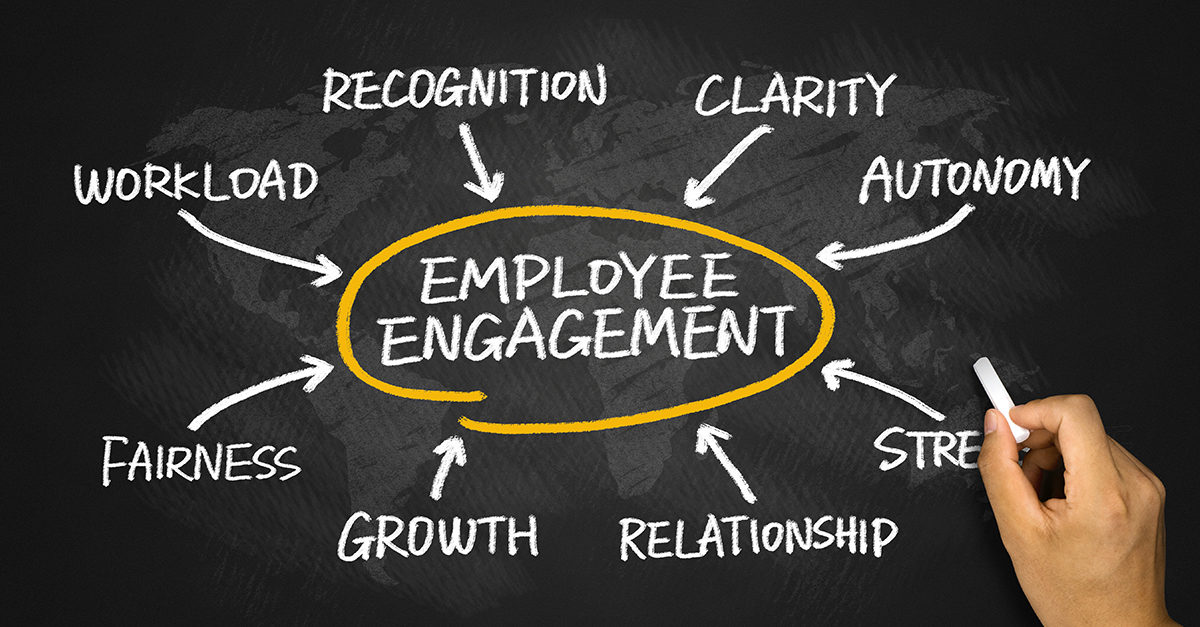I recently came upon a discussion on the social-networking website LinkedIn about how to retain good employees in the professional cleaning industry. Started a number of months ago, the topic continues to generate feedback. Apparently, a lot of people in this industry face the same difficulties.
Many still view pay as the prime motivator behind employee retention.However, recent employee-satisfaction surveys show that while money remains important, what workers want most is to be valued for the work they do and to feel that their work matters. The cleaning industry is no exception.
One of the best ways to motivate and retain good employees in the cleaning industry is through engagement and getting employees involved in the decision-making processes for their company.
The Problem
A large organization—as part of its certification process—was required to conduct a survey to determine the staff’s perception of the administration. The results showed that staff felt disconnected from management in that decisions regularly were made for and about them without their input. When the organization put together a focus group of employees with a broad cross-section of job responsibilities, the reasons for the disconnect became more clear.
One example cited was the recent purchase of a large number of vacuum cleaners by an individual in senior management. The manager felt he was doing the right thing by purchasing the vacuums at a low cost. However, when put into service, the vacuums created all sorts of problems such as breakdowns, job re-dos, etc. What started as a money-saving venture actually turned into expensive repairs, replacement costs, and lost productivity.
The employees in the focus group noted that had the manager sought input from machine operators before making the purchase, it would have become clear that these were not the right machines for the intended use. Based on the input from the focus group, that organization implemented an equipment evaluation process designed to get feedback from line workers. This is a perfect example of employee engagement.
Employee Involvement
Involving employees at some level in the decision-making process of the organization is critical to employee engagement. While they don’t necessarily have to be part of the final decision process, employees’ views might trigger a new or different thought process for management on any given topic.
Several health care organizations I work with have extended a process called “rounding” to include their housekeeping departments. In fact, I created a rounding survey for a large hospital. The questions were simple:
- Do you have the right tools to do your job?
- Did you receive proper training to do your job?
- What are possible roadblocks preventing you from doing your job?
While the questions were important and relevant, what was more critical to retaining good employees was the process of engaging and interacting with them. That hospital now requires its supervisors to conduct rounding on a monthly basis, which means that each supervisor will interact with employees at least once per month.
Through this process, supervisors get to know their employees better and learn who the best ones are. At the same time, the best employees come to feel valued by the company, leading to a feeling of company loyalty.
To retain your best employees, you need to engage them.




